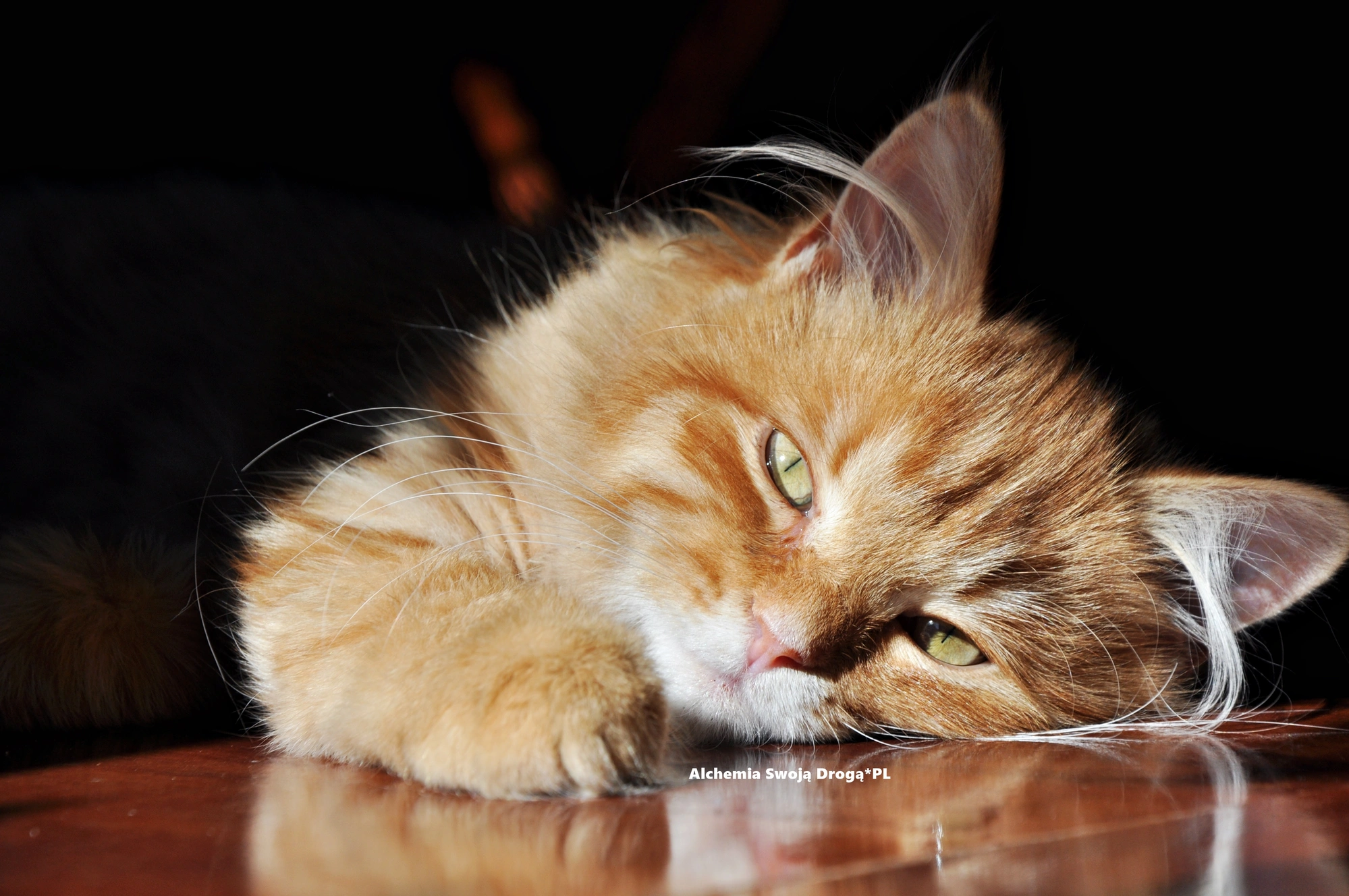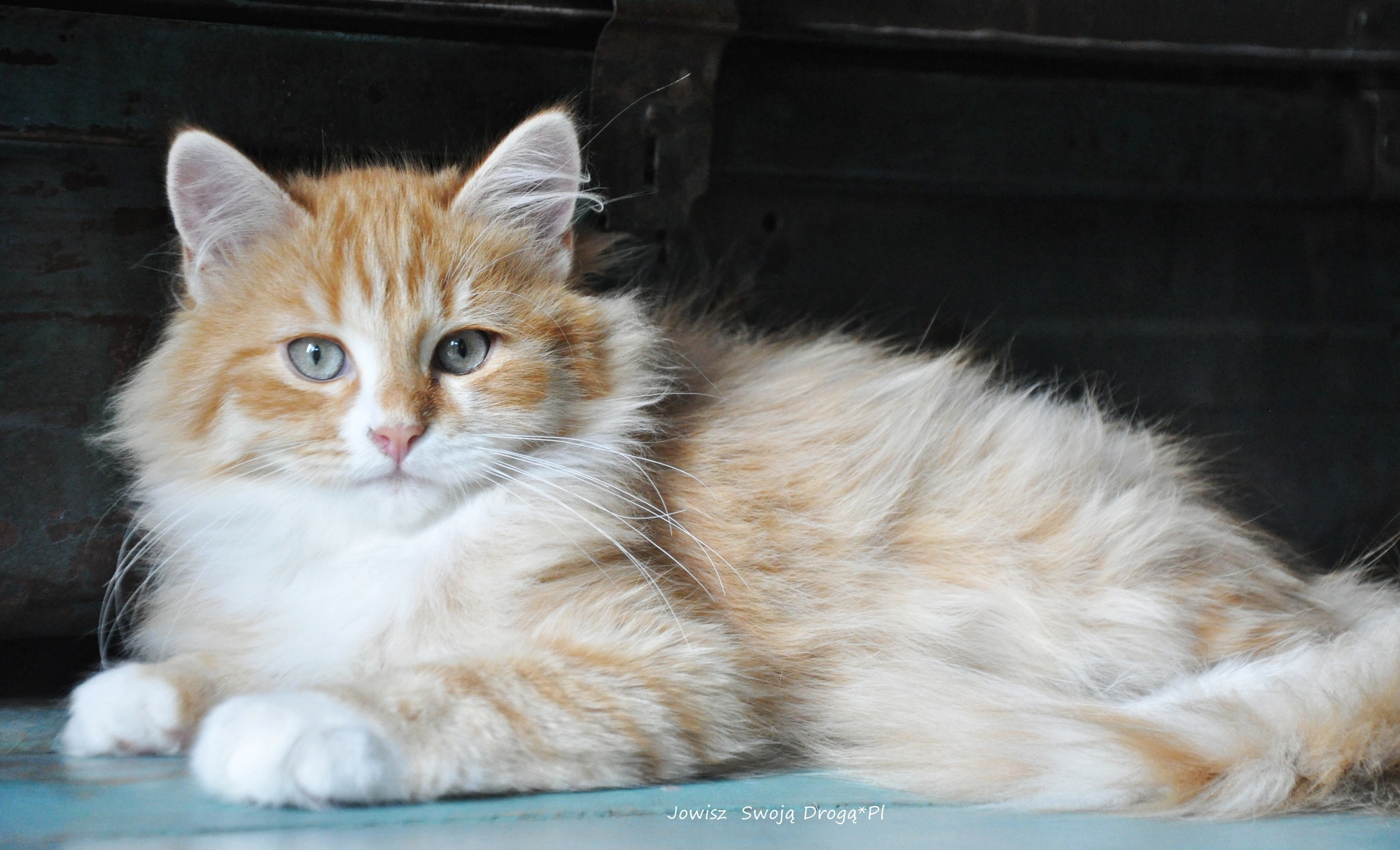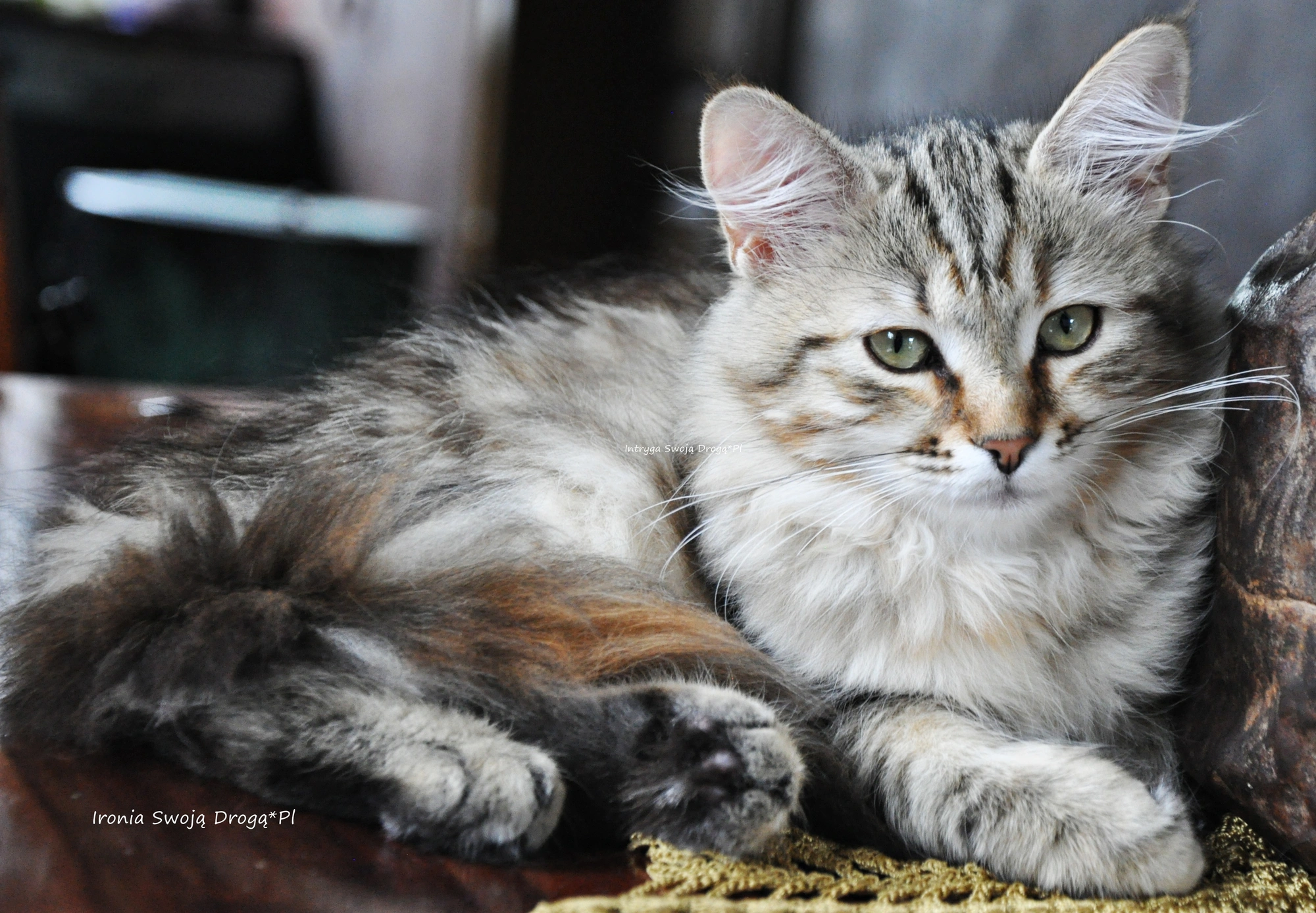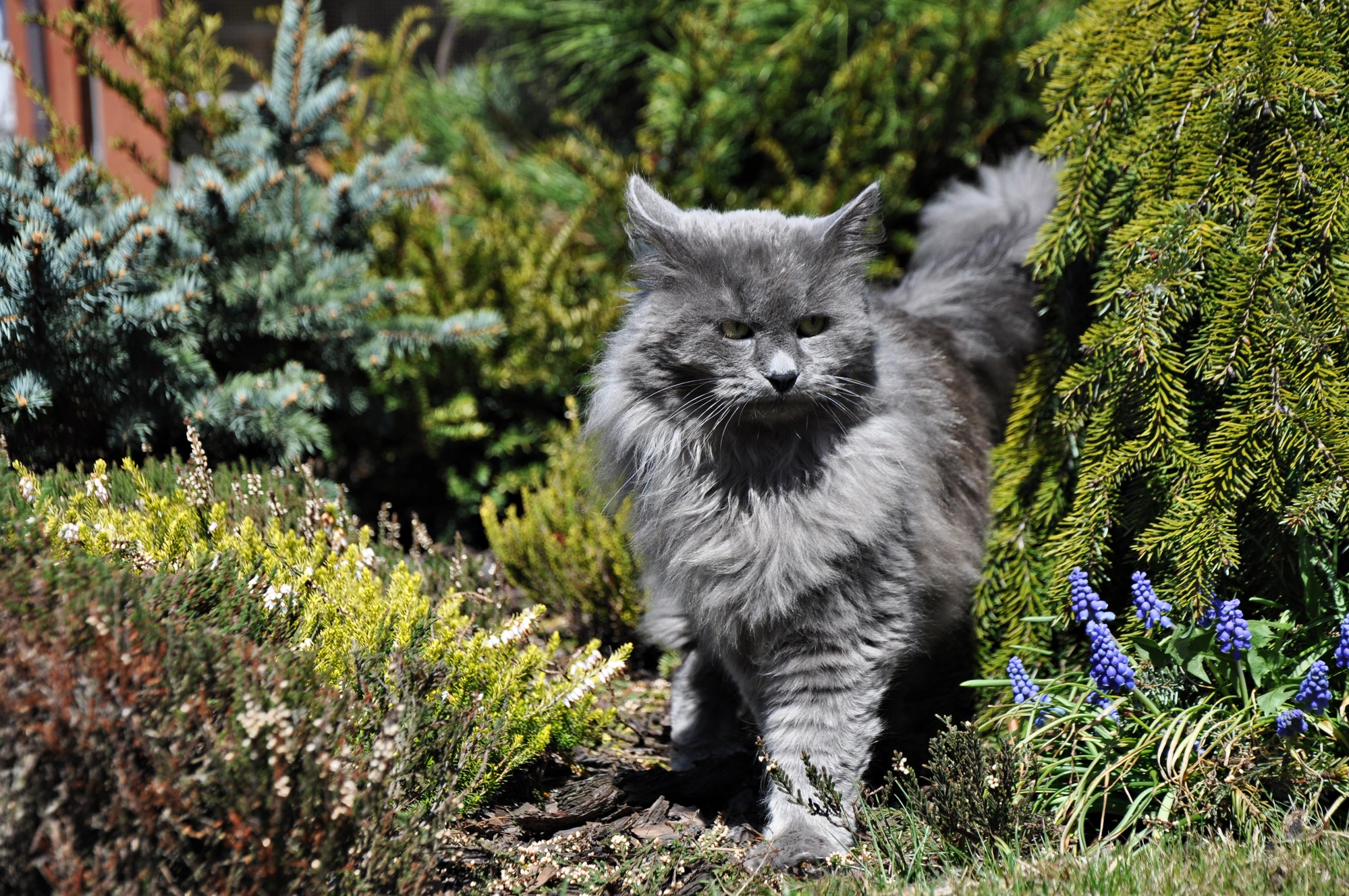For years, the Siberian cat has enjoyed a reputation as a “hypoallergenic” breed. But can it truly be a solution for people allergic to cats? In this article, we present proven facts, scientific research results, and practical tips for allergy sufferers who dream of welcoming a Siberian into their home.

Contrary to popular belief, cat hair itself is not the cause of allergic reactions — the real culprits are the allergens present on it. The most important of these is Fel d1, a glycoprotein produced by the salivary, sebaceous, lacrimal and perianal glands.
When a cat grooms itself, Fel d1 is transferred from the saliva to the fur. The protein easily spreads through the air and settles on furniture, carpets, and clothing. For sensitive individuals, even being in a room where a cat has previously been can trigger symptoms — from watery eyes and sneezing to breathing difficulties.
Although Fel d1 is the main allergen, there are others as well, such as Fel d2, Fel d3, and more — and some people react strongly to these too.
Siberian cats have earned a reputation as a “hypoallergenic breed” because some individuals produce significantly lower levels of Fel d1 than other breeds.
Studies show that:
- Around 60% of people allergic to cats react mainly to Fel d1,
- More than half of Siberians produce less Fel d1 than the average cat,
- Approximately 15% of Siberians have such low Fel d1 levels that they may be tolerated even in homes with strong cat allergies.
However, it’s important to stress: hypoallergenic ≠ non-allergenic. Every cat - including Siberians - produces Fel d1. The difference lies in the concentration of the allergen.

The production of Fel d1 is partially regulated by hormones:
- Intact males have the highest levels,
- After neutering, Fel d1 production drops sharply to levels similar to those of females,
- In females, levels may rise at the end of pregnancy and during nursing,
- Stress can also increase Fel d1 production.
Additionally, there are differences between breeding lines within the Siberian breed. However, even pairing two low-Fel d1 parents does not guarantee that their kittens will inherit this trait.
Neither coat length nor most colour variations affect Fel d1 production. Some observations suggest that silver/smoke cats may have higher levels, but there’s not enough statistical evidence to confirm this.

Deciding to bring a cat into your home should be well thought out, especially if you have allergies. Before adopting:
1. Take allergy tests to find out exactly what you react to.
2. If possible, spend time with the kitten’s parents — though a lack of symptoms with them is not a 100% guarantee that the kitten won’t trigger a reaction.
3. Remember that symptoms can take weeks to develop. In some cases, the body adapts (desensitization), while in others, reactions worsen over time.
It’s always wise to have a backup plan — a trusted family member or friend who could take over care if allergies become unmanageable. Because of the risk of severe reactions, Siberians are not recommended for people with asthma.
If you decide to bring a Siberian kitten home after testing, there are several simple habits that can help minimize allergen exposure:
- Ensure good ventilation and consider using an air purifier,
- Vacuum floors, furniture, and carpets regularly,
- Brush your cat and wipe its coat with a damp cloth,
- Wash your hands after handling the cat and avoid touching your eyes, nose, or mouth,
- Keep the bedroom off-limits,
- Have someone without allergies clean the litter box, as this is where most Fel d1 accumulates.
Regular grooming and consistent cleaning can significantly reduce allergen levels in the home, allowing many people with mild to moderate allergies to live comfortably with a Siberian cat.

A Siberian cat can be a good option for people with mild to moderate cat allergies, but it’s never 100% “safe.” The key lies in proper preparation, choosing a reputable breeder, testing beforehand, and organizing your home environment wisely. Contact us to learn more about our available kittens or to reserve your dream Siberian cat.